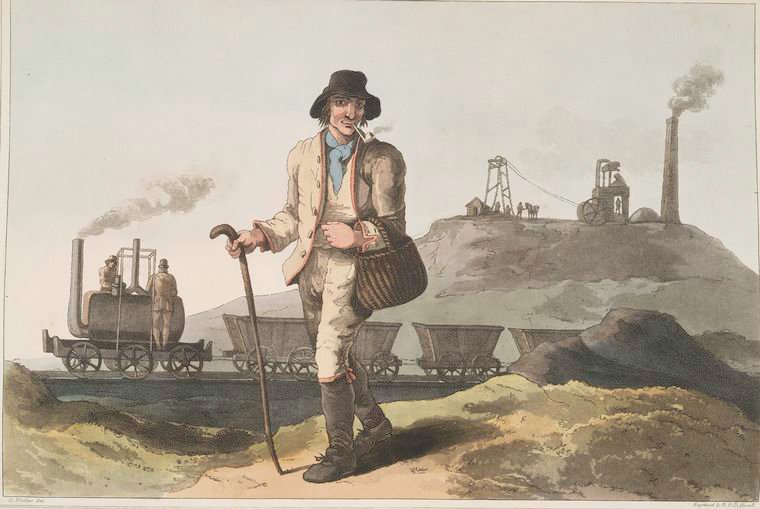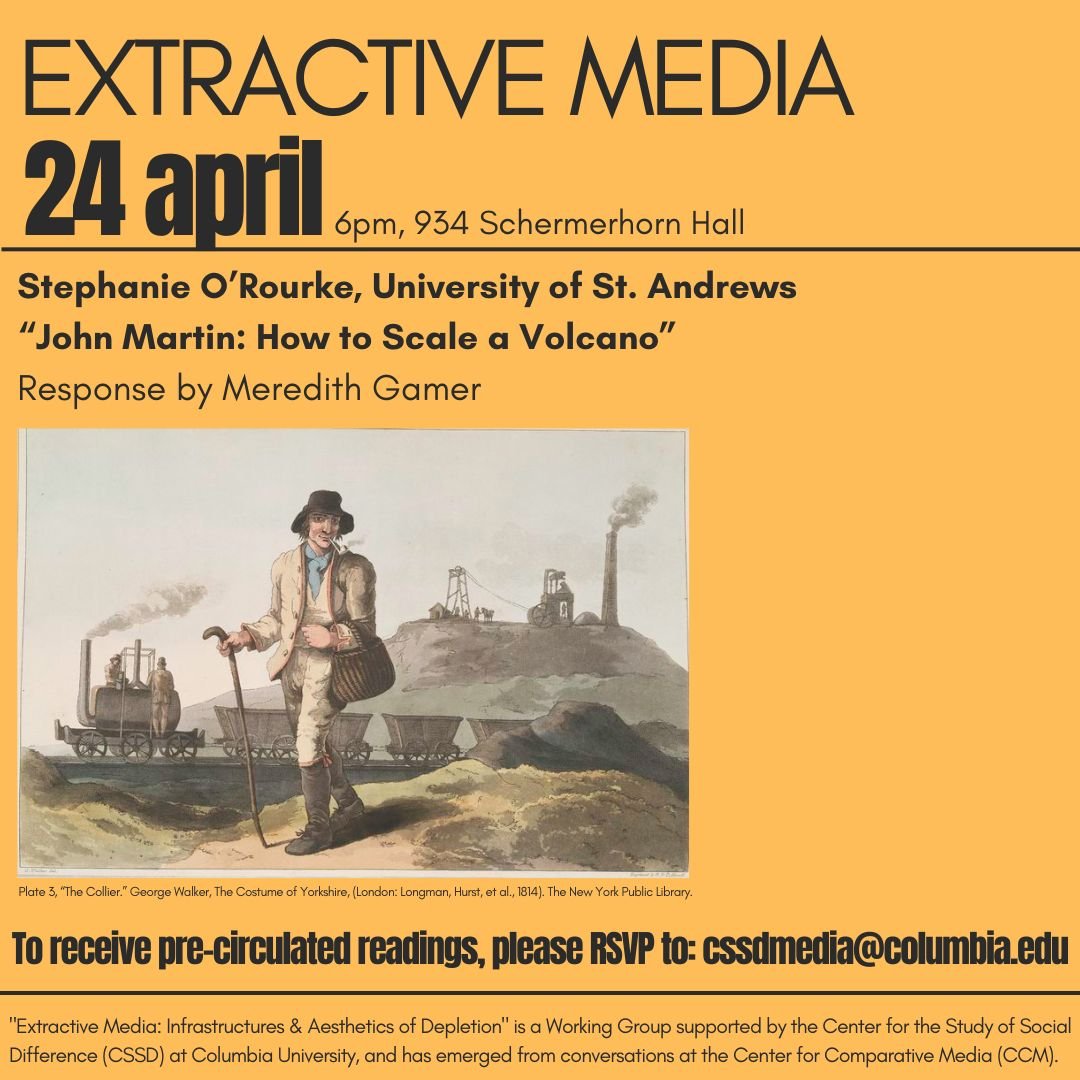Plate 3, “The Collier.” George Walker, The Costume of Yorkshire, (London: Longman, Hurst, et al., 1814). The New York Public Library.
The Extractive Media Working Group welcomes Professor Stephanie O’Rourke for an event, titled “John Martin: How to Scale a Volcano,” on April 24, 2024.
Attendance is limited to faculty and doctoral students.
When: Wednesday, April 24, 2024
6:15 PM
Where: 934 Schermerhorn Hall, CU
Bio: Stephanie O’Rourke is a senior lecturer in Art History at the University of St Andrews. Her current book Picturing Landscape in an Age of Extraction 1780-1850 will be published in 2025 by the University of Chicago Press. Her first book, Art, Science, and the Body in Early Romanticism (Cambridge UP 2021) was awarded the British Association for Romantic Studies book prize and was supported by fellowships including from the Leverhulme Trust and the Royal Society of Edinburgh. She completed her PhD in art history at Columbia University and holds a BA from Harvard University.
Event Abstract: To what extent did landscape supply a kind of pictorial infrastructure for managing the more dangerous circulations of industrial extraction in early 19th-century Britain? The desired in-flow of natural resources like timber, coal, and water to industrial centers coincided with the rapidly escalating out-flow of threatening substances like pyrotechnic energy, noxious gases, and sewage. The artist John Martin was at pains to manage these flows in both his engineering projects and the scalar keys produced for his large-scale spectacular paintings.
This paper looks first to widespread fears about coal mining explosions and later to the urban infrastructure of water and waste to reveal how British artists encountered an environment characterized by new crises in the transit of water and waste. I examine a range of pictorial and metapictorial techniques Martin developed for responding to this crisis, including an appeal to scale effects. In early and mid-nineteenth-century Britain, scale was becoming a significant tool for British imperial governance and was likewise used to conceptualize economic exchanges, energy systems, and other complex, sometimes invisible forms of relationality animating European industrial extraction.
[Nb. The paper is a draft chapter for a book manuscript that examines how European artists addressed the emergence of a new and essentially extractive way of treating and conceptualizing the natural world at the turn of the nineteenth century.]


